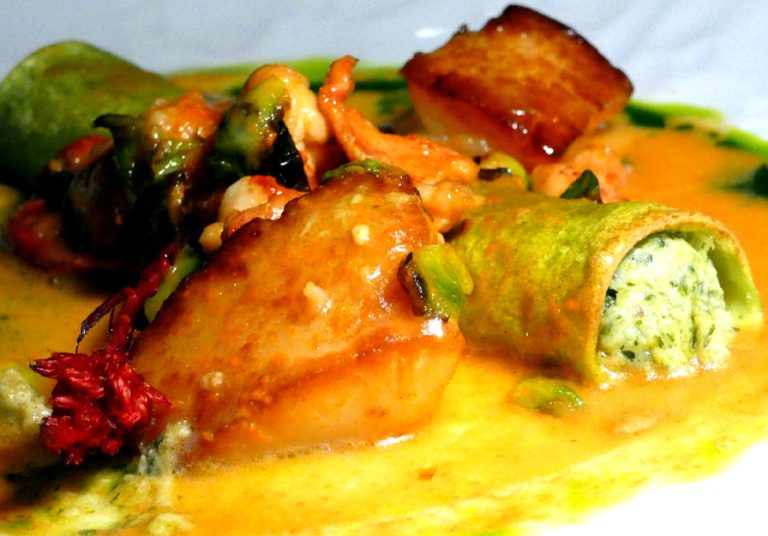Published with permission from LuxuryWeb Magazine
Moroccan culinary arts are steeped in a rich history that spans thousands of years, influenced by the seasonal availability of ingredients, fuel, and cooking implements, as well as a cook’s ambition to create dishes that are delicious, visually appealing, and nutritionally balanced.
For instance, while Europe enjoyed abundant fuel sources such as wood and coal, North Africa’s vast desert landscapes lacked substantial fuel supplies, leading to the use of animal dung enriched with digested grass and shrubs for cooking fires. This method was also common in the tundras of East Asia, where nomadic tribes adapted to the resources available around their encampments.
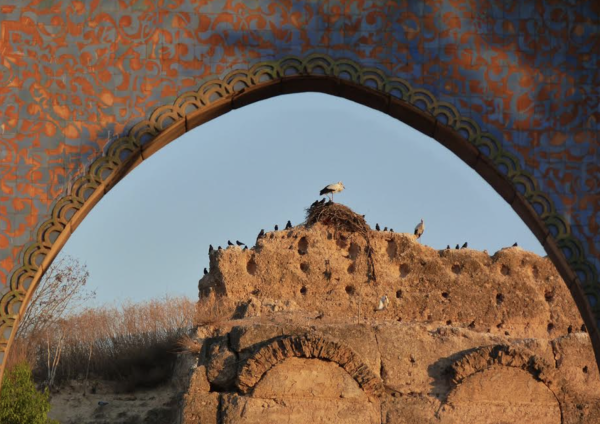
Globally, different cultures have developed unique cooking tools tailored to their environmental conditions and culinary needs. The Eastern Mediterranean, for example, invented the large skewer from short lances or swords to roast large cuts of meat or entire animals over a fire.
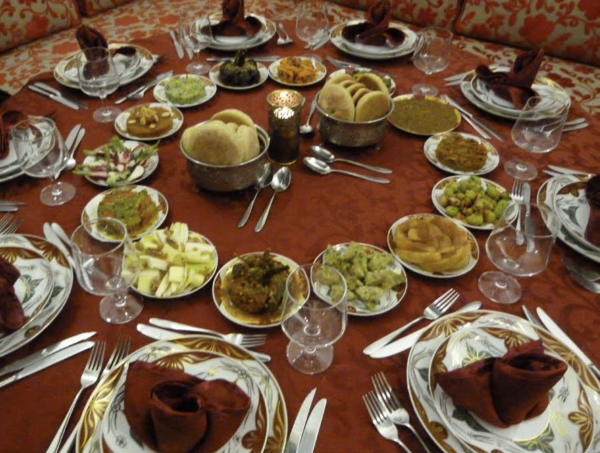
They also crafted large clay vessels for pickling vegetables, stewing meats, brewing alcoholic drinks from fermented grape juice, and mixing cereals with water to produce beer, or combining honey with water to make mead.
Cooking with tajine
Success
You are now signed up for our newsletter
Success
Check your email to complete sign up
In regions where fuel was scarce and populations were nomadic, innovations such as the wok, bamboo steamer, tajine, and small skewer emerged. These tools are easily transportable and require minimal fuel, making them ideal for mobile lifestyles. Techniques for preserving food using copious amounts of salt or brine and sun-drying were also developed to maintain supplies of meat, fish, and seafood without spoiling.
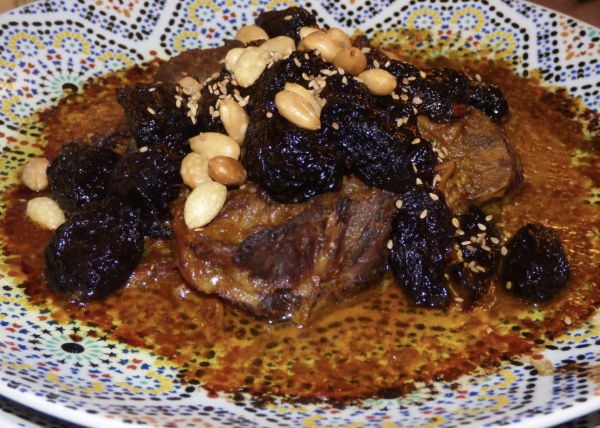
Among these innovations, the tajine stands out. This two-piece cooking apparatus, made from fired or glazed clay, is prevalent in North African countries like Morocco, Algeria, and Tunisia. The tajine, which also refers to the dish prepared within it, varies in size and can include a range of recipes, such as fish tajine and chicken tajine.
During a visit to a cooking school in Tangiers, I had the opportunity to learn the art of crafting succulent Moroccan dishes using a tajine. Flameproof tajines can be used directly on a stove or in an oven set to 350°F after the meat has been browned, allowing for a slow, moist heat that caramelizes the meat’s exterior, enhancing both the appearance and flavor of the sauce.
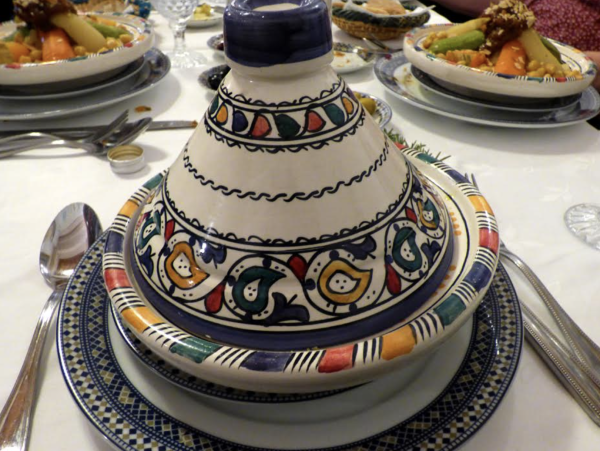
If a flameproof tajine is not available, onions and meat can be browned in a skillet before being transferred to the tajine for prolonged cooking in the oven.
Moroccan lamb tajine
The tajine consists of a flat, round base for the ingredients and a conical lid that captures and recirculates steam, enhancing the flavors and moisture of the dish. In the cooking school, various sizes of flameproof tajines were utilized for different stages of meal preparation — from roasting spices to the final slow cooking beneath the conical lid.
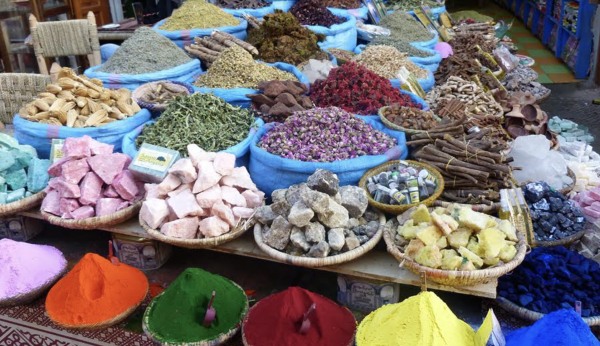
One of the most flavorful dishes we prepared was a classic Moroccan lamb tajine with prunes and pistachios. This stew-like concoction is richly seasoned with a blend of spices including ginger, cumin, coriander, cinnamon, paprika, cayenne pepper, and nutmeg. Alternatively, a pre-prepared spice mix such as baharat or bahari can be used, with garam masala serving as a suitable substitute if these are unavailable.
Ingredients:
- 2 lbs boneless lamb shoulder or leg, trimmed and cut into cubes
- 2 tbsp extra virgin olive oil
- 2 medium white onions, quartered
- 1 ½ tbsp baharat (or individual spices as listed above)
- ¾ cup beef broth
- 3 tbsp freshly squeezed lemon juice
- 2 carrots, coarsely chopped
- 2 cups dry prunes, pitted (preferably)
- ½ cup shelled pistachios or peanuts (for a cost-effective alternative)
- 2 zucchini, coarsely chopped (optional)
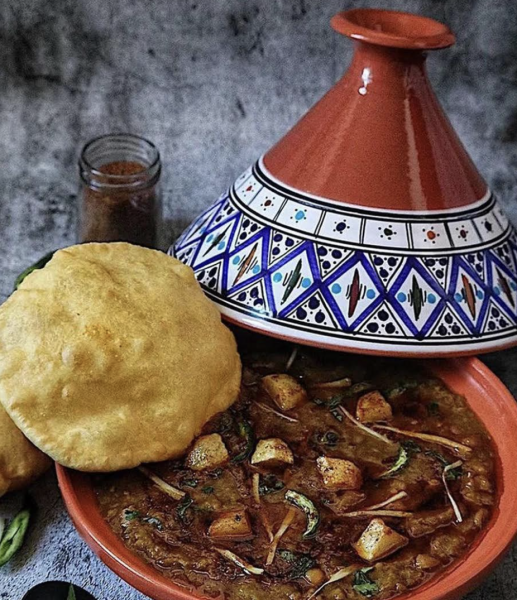
Method:
- In a flameproof tajine, heat the olive oil over medium heat. Add onions and spice mix, cooking and stirring for 5 minutes.
- Add lamb cubes, tossing to coat with the spiced onions. Continue cooking and stirring for 6 to 7 minutes until the lamb is browned.
- Add carrots, beef broth, and lemon juice, bringing to a boil. Stir in prunes and zucchini if using. Cover with the tajine lid, reduce heat to low, and simmer, stirring occasionally for 1 hour. Check for doneness, and if necessary, continue simmering covered until the lamb is tender.
- Sprinkle with whole pistachios or peanuts before serving.
In the U.S., I found Kamsah’s handcrafted Tunisian tajines to be outstanding. Renowned for their quality, these tajines do not contain any toxic paints or dyes.
Visit LuxuryWeb Magazine to see the original article and more.








